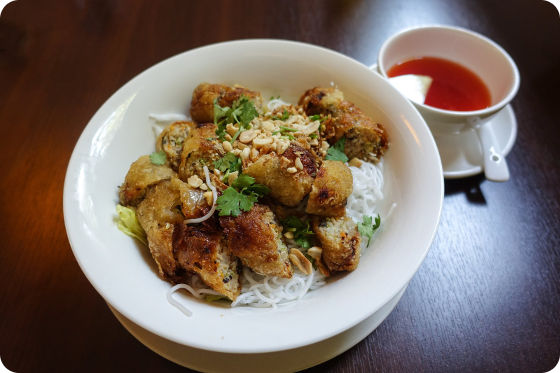Maybe it's the cold of winter or news stories about world conflict, political fighting, and general unrest, but it seems like it's far too easy to spend time focusing on differences and widening the gaps among people the world over. Maybe that's just a sign of our times or it's been that way forever, but I'd like to take a little time to focus on some similarities — in the kitchen. Instead of wondering how foreign anything different might be, let's spend some time celebrating some delicious things we have in common, even when we call them by different names. We're continuing this journey with a look at noodles.

When someone talks about noodles, it's not uncommon to think about spaghetti and meat sauce or maybe macaroni and cheese. But if you are limiting yourself to those, it's time to expand your horizons. Cultures and countries the world over all have a love of noodles and, while there are definitely some differences, they have an awful lot in common. Here are just a few of the international options that await us:
- Noodle kugel is a traditional dish of the Ashkenazi Jewish people, whose origins lie in Germany and Eastern Europe. It is typically seen as a sweet noodle pudding or casserole - like a bread pudding. If not served as a dessert, kugel might also be made with potatoes and served as a side dish.
- Afghan cuisine features ravioli-like aushak and mantoo. The steamed pasta pillows contain either a scallion filling (aushak) or ground beef or lamb (mantoo.) Both are topped with a ground meat sauce as well as a garlic yogurt sauce.
- Entire books have been written on the vast array of noodle dishes native to China. Among the most common are ban mian, beef chow fun, and lo mein. Noodles are nearly always accompanied by meat or seafood, vegetables, and rich sauces or broths.
- Pelmeni are Russian ravioli or dumplings originating in Siberia. A relative of the Polish pierogi, pelmini start with a basic pasta dough of flour and water rolled thin. While a pierogi would typically have a potato-based filling, Pelmeni are usually stuffed with minced meat or mushrooms. Also, unlike its other Eastern European cousins, pelmeni are never made with a sweet filling.
- Thailand boasts many wonderful noodle dishes, many featuring rice noodles. The most popular dish is pad thai, featuring thick rice noodles in a spicy sauce with vegetables and sometimes seafood or meat or tofu.
- Pastitsio, a Greek specialty, begins wish a layer of pasta, usually tube shaped. Atop this is a middle layer of ground beef in a cinnamon or nutmeg spiced tomato sauce. The casserole is crowned with a thick, creamy bechamel sauce and baked.
- Kheer is a creamy, sweet Indian pudding that can be made with toasted rice or vermicelli noodles. A simple dish, it consists primarily of milk, noodles and sugar cooked together and sweetened with cardamom. Kheer is a very popular dish at festivals and religious celebrations.
- Kushari, also known as koshary, is a staple Egyptian street food - popular because it is quick and cheap. A carb lover's dream, it consists of It consists of a base of rice, lentils, chickpeas and pasta topped with garlic, vinegar and spicy tomato sauce. Fried onions are usually sprinkled on top for a little crunch.
- Fideua looks strikingly like Spanish paella, though it differs from the rice dish in its use of noodles. According to one account, fideua was invented in the city of Gandia, Spain when a cook substituted pasta in paella as he was out of rice.
- Spaetzle, a German dish, is a dumpling-like egg noodle. Traditionally the irregularly shaped noodles are made by scraping dough off a board into boiling water. Spaetzle is most often served as a side dish, particularly with meaty dishes that feature a heavy gravy.
With all of this talk of steaming bowls of noodles, I'm wondering if you, like me, are wanting to bring a bit of that to your own kitchen. Get recipes to some of the above dishes plus many more in this clever article from Chow. Enjoy 22 noodle recipes from around the world without having to leave your home!
If you enjoyed this look at a simple cuisine the world over, enjoy our earlier segments in this series, where we took a look at pancakes and stews.
